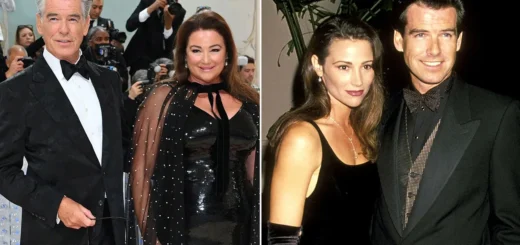“Quigley Down Under” stars Tom Selleck, an actor who with his height, authority and natural ease might have been a major Western star in the old days, as an American sharpshooter who sails to Australia in search of work. A man named Marston (Alan Rickman) has advertised for a long-distance marksman, and Selleck is the best, able to hit targets so far away the camera can barely see them. Selleck is appalled, however, when he discovers that Marston wants to pay him to kill Aborigines. He throws the villain through the window, and starts a vendetta that only ends, of course, with an obligatory showdown in the corral.
Quigley Down Under
The film itself is not up to the contributions of its stars. A little more thought would have helped. From the quilting-bee music that plays during the fight scenes to the Fallacy of the Talking Killer, this is a movie that has been created by the numbers. The fallacy I refer to, of course, is the frequent mistake of allowing the bad guy to talk too long. He has his enemy trapped. There’s no way out.
All he has to do is plug him between the eyeballs and order lunch. But no. He talks. And talks. And sets up some kind of dumb test of manhood, which he is sure to fail. Because the climax of such a scene is a foregone conclusion, the F.T.K. almost always results in dead screen time.
Other elements in the film are more interesting. The use of the Aborigine characters, for example. The night San Giacomo must save a baby from the wild dogs. And Alan Rickman’s performance as the villain. He has a polished grace that serves here to suggest evil dimensions just beneath the surface.
I also enjoyed, in a visceral way, the pleasures of seeing the visual beauties of a Western. The choreography of a gunfight in rocky foothills. The excitement of a chase on horseback. The ambushes and close calls and treks through the desert land. “Quigley Down Under” is a handsome film, well-acted, and it’s a shame the filmmakers didn’t spend a little more energy on making it smarter and more original.


